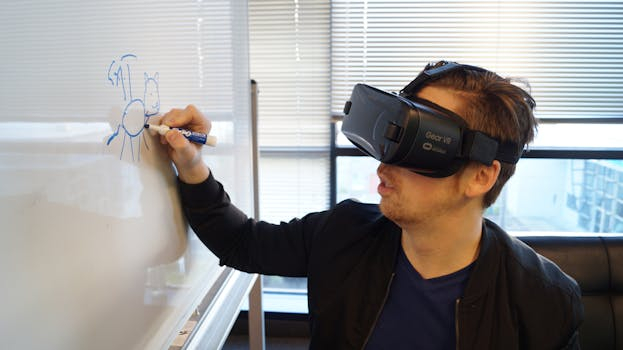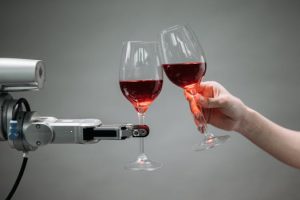Virtual Reality in Future Classrooms: Immersive Learning Environments
In recent years, the use of virtual reality technology has become increasingly prevalent in various fields, from gaming and entertainment to healthcare and education. But perhaps one of the most exciting applications of this technology is found in the classroom, where it has the potential to revolutionize the way students learn and engage with educational material. Virtual reality in future classrooms will provide students with immersive learning environments that can enhance their understanding and retention of complex concepts, making the learning process more engaging and effective.
The Benefits of Using Virtual Reality in Classrooms
Before delving into the specifics of how virtual reality can shape the future of education, it’s important to understand why it’s such a valuable tool in the first place. Research has shown that incorporating VR in classrooms can have a multitude of benefits, both for students and teachers. Here are just a few:
1. Immersive Learning Experience
Virtual reality offers a level of immersion that traditional learning methods simply cannot match. With VR, students are transported into a virtual world where they can interact with and explore 3D models, environments, and simulations. This hands-on experience enables them to understand complex concepts much more easily, helping them to retain information more effectively.
2. Increased Engagement
One of the biggest challenges teachers face in the classroom is keeping students engaged and motivated to learn. With VR, students are actively involved in the learning process, which can make it more interesting and fun. This can help to increase their focus and encourage them to participate more actively, leading to a better overall learning experience.
3. Personalized Learning
Every student learns differently, and traditional teaching methods may not always cater to their individual needs. With virtual reality, teachers can create customized learning experiences that cater to each student’s unique learning style. This personalized approach can help students to understand the material better and at their own pace.
Virtual Reality in Future Classrooms
So, what exactly can we expect to see in the classrooms of the future? Here are some potential applications of virtual reality that could revolutionize the way students learn and engage with educational material:
1. VR Simulations and Experiments
Virtual reality can be used to create incredibly realistic simulations and experiments that enable students to explore and understand complex concepts in a safe and controlled environment. For instance, a physics class could use VR to simulate experiments involving gravity or motion, enabling students to visualize and understand these concepts better.
2. Virtual Field Trips
Field trips are a valuable way of learning, but they can be expensive and difficult to organize. With VR, students can embark on virtual field trips to any location in the world, without ever leaving the classroom. This can expose them to different cultures, historical sites, and other significant locations, enhancing their learning experience and broadening their horizons.
3. Historical and Cultural Reenactments
Virtual reality can also be used to bring history and culture to life in a way that textbooks and traditional teaching methods cannot. Historical and cultural reenactments can transport students to different eras and places, allowing them to experience and learn about events and customs firsthand.
4. Remote Learning
In times of crisis, such as pandemics, virtual reality can enable students to continue learning remotely, without missing out on important educational experiences. This can help to ensure that educational progress is not disrupted and that students can continue to receive quality education regardless of their physical location.
The Future of Education is Virtual
As virtual reality technology continues to advance, its potential to reshape the education landscape becomes increasingly evident. VR in education is not a mere trend or passing phase, but rather a powerful tool that can truly revolutionize the way students learn and engage with materials. Whether it’s creating immersive learning experiences, personalized learning, or expanding the boundaries of traditional classrooms, virtual reality offers endless possibilities for the future of education.
As educators and students continue to embrace this game-changing technology, it’s clear that virtual reality will play a significant role in shaping the future of classrooms and the way knowledge is acquired and shared. So, get ready for a future where learning will be an entirely new and immersive experience, thanks to virtual reality.










